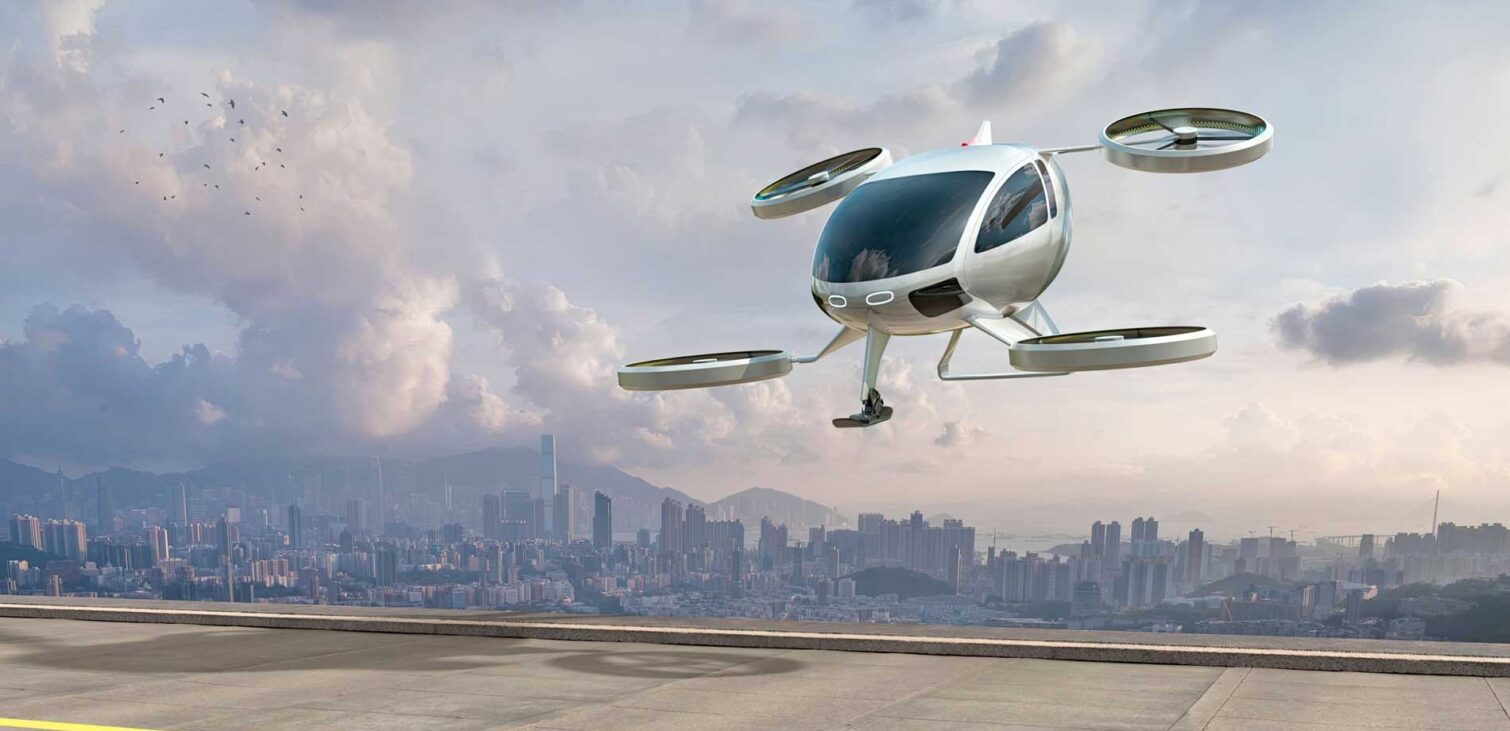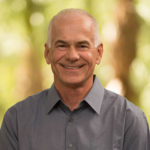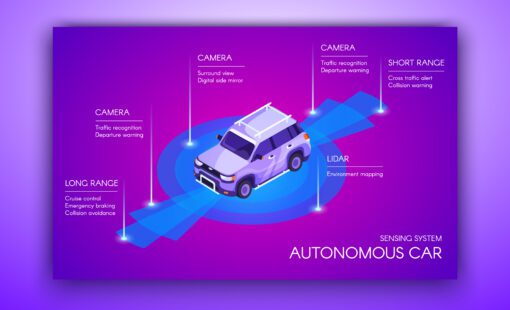The rise of the electric vertical takeoff and landing (eVTOL) aircraft is one of the most significant transformations in the world of aviation today. As an emerging technology, eVTOL aircraft have the potential to reimagine urban mobility and air travel. In this post, we’ll explore eVTOLs, their history and importance, and how Zuken Vitech tools are helping designers create the next generation of aviation.
What is an eVTOL?
An eVTOL aircraft is an emerging form of aviation that has the ability to take off and land vertically. Additionally, they have increased maneuverability compared to traditional helicopters. eVTOLs rely exclusively on electricity, enabling these aircraft to reduce carbon footprints. At the same time, they decrease noise pollution–a significant concern in densely populated areas.
A key eVTOL advantage lies in its ability to take off and land vertically. This feat eliminates the need for long runways, allowing these aircraft to operate in urban environments with limited space. As a result, this makes the eVTOL aircraft an attractive solution for urban air mobility (UAM), which envisions air travel as everyday transportation.
Lastly, eVTOL aircraft design is highly autonomous, with numerous models in development for crewless flight. Through bypassing ground-level traffic and infrastructure constraints, eVTOLs efficiently create a network of devices transporting people and goods.
Zuken Vitech’s GENESYS: A Game-Changer for eVTOL Development
Companies are turning to advanced engineering solutions to navigate the complex design and manufacturing processes of eVTOL aircraft, and Zuken Vitech’s GENESYS is an effective solution.
GENESYS is a model-based systems engineering (MBSE) tool designed to facilitate the development of complex systems. GENESYS helps designers digitally capture all aspects of systems design by enabling engineers to create a unified system model. The resulting model serves as a single source of truth, ensuring consistency and traceability throughout the development process.
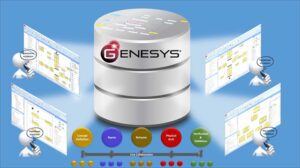
Using GENESYS, designers can manage the complexity inherent in eVTOL aircraft. eVTOLs are complex machines that integrate various technological domains, including aerodynamics, propulsion, control systems, and software. Hence, designing eVTOLs requires a holistic understanding of how these domains interact. GENESYS provides the platform to capture and efficiently manage this complexity.
Moreover, GENESYS ensures the fulfillment of safety requirements, which is paramount to the aviation industry. The tool enables engineers to design safer eVTOL aircraft through systematic identification, analysis, and risk management. GENESYS facilitates the verification and validation of the system against its requirements, ensuring that the final product meets its intended purpose.
Looking Ahead
As we look to the future, MBSE is anticipated to become a tool that facilitates the mass production of crewed eVTOL aircraft. This will be made possible through its ability to verify system safety and enhance communication between engineers.
At Zuken, it is our duty to provide solutions to help shape the future of design and manufacturing. And so, we are committed to using GENESYS and all the tools in our portfolio to help realize a sustainable society and support the challenges of young engineers, much like those at teTra.
The revolution of eVTOL aircraft is just beginning. Therefore, with tools like Zuken Vitech’s GENESYS, the sky is truly the limit.
Related Products and Resources

- Blog

- Blog

- Blog
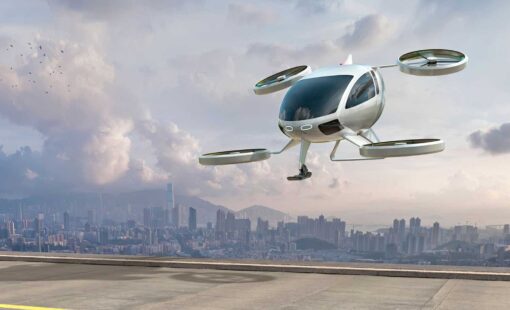
- Blog
